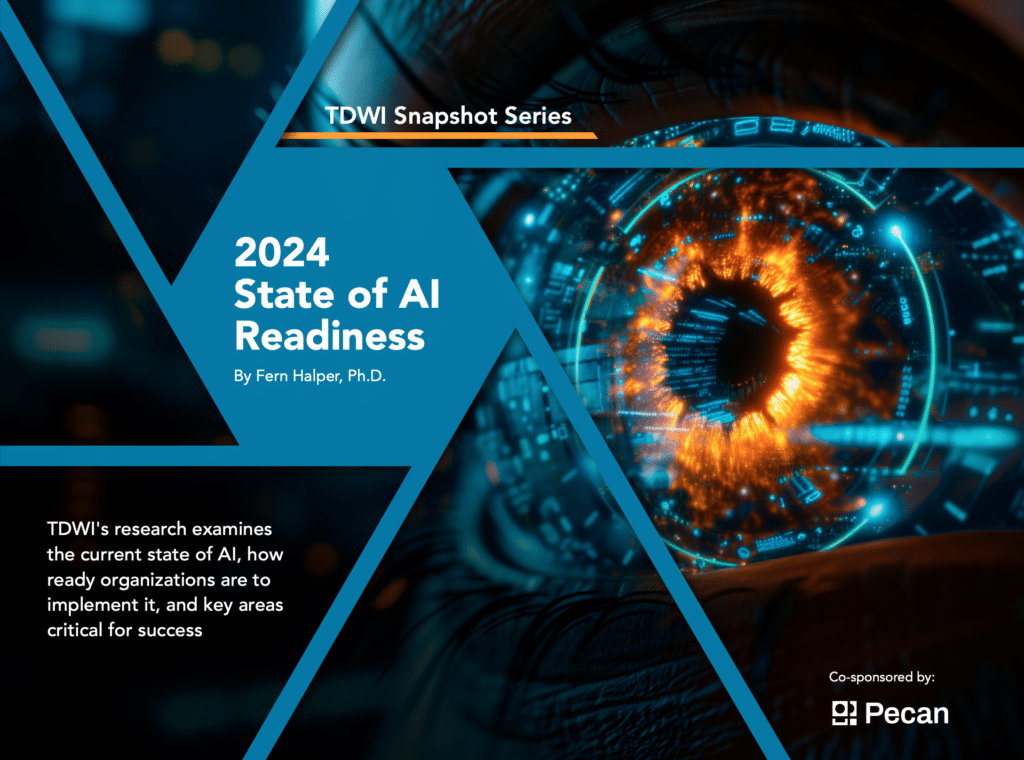
Picture by Creator
Introduction
A Convolutional Neural Community (CNN or ConvNet) is a deep studying algorithm particularly designed for duties the place object recognition is essential – like picture classification, detection, and segmentation. CNNs are capable of obtain state-of-the-art accuracy on advanced imaginative and prescient duties, powering many real-life purposes equivalent to surveillance techniques, warehouse administration, and extra.
As people, we are able to simply acknowledge objects in pictures by analyzing patterns, shapes, and colours. CNNs will be educated to carry out this recognition too, by studying which patterns are necessary for differentiation. For instance, when making an attempt to tell apart between a photograph of a Cat versus a Canine, our mind focuses on distinctive form, textures, and facial options. A CNN learns to select up on these identical varieties of distinguishing traits. Even for very fine-grained categorization duties, CNNs are capable of study advanced characteristic representations straight from pixels.
On this weblog put up, we’ll study Convolutional Neural Networks and the way to use them to construct a picture classifier with PyTorch.
How Convolutional Neural Networks Work?
Convolutional neural networks (CNNs) are generally used for picture classification duties. At a excessive stage, CNNs include three primary varieties of layers:
- Convolutional layers. Apply convolutional filters to the enter to extract options. The neurons in these layers are referred to as filters and seize spatial patterns within the enter.
- Pooling layers. Downsample the characteristic maps from the convolutional layers to consolidate info. Max pooling and common pooling are generally used methods.
- Totally-connected layers. Take the high-level options from the convolutional and pooling layers as enter for classification. A number of fully-connected layers will be stacked.
The convolutional filters act as characteristic detectors, studying to activate after they see particular varieties of patterns or shapes within the enter picture. As these filters are utilized throughout the picture, they produce characteristic maps that spotlight the place sure options are current.
For instance, one filter would possibly activate when it sees vertical strains, producing a characteristic map displaying the vertical strains within the picture. A number of filters utilized to the identical enter produce a stack of characteristic maps, capturing completely different features of the picture.

Gif by IceCream Labs
By stacking a number of convolutional layers, a CNN can study hierarchies of options – build up from easy edges and patterns to extra advanced shapes and objects. The pooling layers assist consolidate the characteristic representations and supply translational invariance.
The ultimate fully-connected layers take these realized characteristic representations and use them for classification. For a picture classification job, the output layer sometimes makes use of a softmax activation to supply a likelihood distribution over lessons.
In PyTorch, we are able to outline the convolutional, pooling, and fully-connected layers to construct up a CNN structure. Right here is a few pattern code:
# Conv layers
self.conv1 = nn.Conv2d(in_channels, out_channels, kernel_size)
self.conv2 = nn.Conv2d(in_channels, out_channels, kernel_size)
# Pooling layer
self.pool = nn.MaxPool2d(kernel_size)
# Totally-connected layers
self.fc1 = nn.Linear(in_features, out_features)
self.fc2 = nn.Linear(in_features, out_features)
We will then prepare the CNN on picture knowledge, utilizing backpropagation and optimization. The convolutional and pooling layers will mechanically study efficient characteristic representations, permitting the community to attain robust efficiency on imaginative and prescient duties.
Getting Began with CNNs
On this part, we’ll load CIFAR10 and construct and prepare a CNN-based classification mannequin utilizing PyTorch. The CIFAR10 dataset gives 32×32 RGB pictures throughout ten lessons, which is beneficial for testing picture classification fashions. There are ten lessons labeled in integers 0 to 9.
Word: The instance code is the modified model from MachineLearningMastery.com weblog.
First, we’ll use torchvision to obtain and cargo the CIFAR10 dataset. We may also use torchvision to remodel each the testing and coaching units to tensors.
import torch
import torch.nn as nn
import torch.optim as optim
import torchvision
remodel = torchvision.transforms.Compose(
[torchvision.transforms.ToTensor()]
)
prepare = torchvision.datasets.CIFAR10(
root="knowledge", prepare=True, obtain=True, remodel=remodel
)
take a look at = torchvision.datasets.CIFAR10(
root="knowledge", prepare=False, obtain=True, remodel=remodel
)
Downloading https://www.cs.toronto.edu/~kriz/cifar-10-python.tar.gz to knowledge/cifar-10-python.tar.gz
100%|██████████| 170498071/170498071 [00:10<00:00, 15853600.54it/s]
Extracting knowledge/cifar-10-python.tar.gz to knowledge
Recordsdata already downloaded and verified
After that, we’ll use a knowledge loader and cut up the pictures into the batches.
batch_size = 32
trainloader = torch.utils.knowledge.DataLoader(
prepare, batch_size=batch_size, shuffle=True
)
testloader = torch.utils.knowledge.DataLoader(
take a look at, batch_size=batch_size, shuffle=True
)
To visualise the picture in a single batch of the pictures, we’ll use matplotlib and torchvision utility operate.
from torchvision.utils import make_grid
import matplotlib.pyplot as plt
def show_batch(dl):
for pictures, labels in dl:
fig, ax = plt.subplots(figsize=(12, 12))
ax.set_xticks([]); ax.set_yticks([])
ax.imshow(make_grid(pictures[:64], nrow=8).permute(1, 2, 0))
break
show_batch(trainloader)
As we are able to see, we’ve got pictures of automobiles, animals, planes, and boats.

Subsequent, we’ll construct our CNN mannequin. For that, we’ve got to create a Python class and initialize the convolutions, maxpool, and absolutely related layers. Our structure has 2 convolutional layers with pooling and linear layers.
After initializing, we is not going to join all of the layers sequentially within the ahead operate. In case you are new to PyTorch, you need to learn Interpretable Neural Networks with PyTorch to know every part intimately.
class CNNModel(nn.Module):
def __init__(self):
tremendous().__init__()
self.conv1 = nn.Conv2d(3, 32, kernel_size=(3,3), stride=1, padding=1)
self.act1 = nn.ReLU()
self.drop1 = nn.Dropout(0.3)
self.conv2 = nn.Conv2d(32, 32, kernel_size=(3,3), stride=1, padding=1)
self.act2 = nn.ReLU()
self.pool2 = nn.MaxPool2d(kernel_size=(2, 2))
self.flat = nn.Flatten()
self.fc3 = nn.Linear(8192, 512)
self.act3 = nn.ReLU()
self.drop3 = nn.Dropout(0.5)
self.fc4 = nn.Linear(512, 10)
def ahead(self, x):
# enter 3x32x32, output 32x32x32
x = self.act1(self.conv1(x))
x = self.drop1(x)
# enter 32x32x32, output 32x32x32
x = self.act2(self.conv2(x))
# enter 32x32x32, output 32x16x16
x = self.pool2(x)
# enter 32x16x16, output 8192
x = self.flat(x)
# enter 8192, output 512
x = self.act3(self.fc3(x))
x = self.drop3(x)
# enter 512, output 10
x = self.fc4(x)
return x
We are going to now initialize our mannequin, set loss operate, and optimizer.
mannequin = CNNModel()
loss_fn = nn.CrossEntropyLoss()
optimizer = optim.SGD(mannequin.parameters(), lr=0.001, momentum=0.9)
Within the coaching part, we’ll prepare our mannequin for 10 epochs.
- We’re utilizing the ahead operate of the mannequin for a ahead cross, then a backward cross utilizing the loss operate, and eventually updating the weights. This step is nearly related in every kind of neural community fashions.
- After that, we’re utilizing a take a look at knowledge loader to judge mannequin efficiency on the finish of every epoch.
- Calculating the accuracy of the mannequin and printing the outcomes.
n_epochs = 10
for epoch in vary(n_epochs):
for i, (pictures, labels) in enumerate(trainloader):
# Ahead cross
outputs = mannequin(pictures)
loss = loss_fn(outputs, labels)
# Backward cross and optimize
optimizer.zero_grad()
loss.backward()
optimizer.step()
right = 0
whole = 0
with torch.no_grad():
for pictures, labels in testloader:
outputs = mannequin(pictures)
_, predicted = torch.max(outputs.knowledge, 1)
whole += labels.dimension(0)
right += (predicted == labels).sum().merchandise()
print('Epoch %d: Accuracy: %d %%' % (epoch,(100 * right / whole)))
Our easy mannequin has achieved 57% accuracy, which is dangerous. However, you may enhance the mannequin efficiency by including extra layers, working it for extra epochs, and hyperparameter optimization.
Epoch 0: Accuracy: 41 %
Epoch 1: Accuracy: 46 %
Epoch 2: Accuracy: 48 %
Epoch 3: Accuracy: 50 %
Epoch 4: Accuracy: 52 %
Epoch 5: Accuracy: 53 %
Epoch 6: Accuracy: 53 %
Epoch 7: Accuracy: 56 %
Epoch 8: Accuracy: 56 %
Epoch 9: Accuracy: 57 %
With PyTorch, you do not have to create all of the parts of convolutional neural networks from scratch as they’re already accessible. It turns into even easier when you use `torch.nn.Sequential`. PyTorch is designed to be modular and provides higher flexibility in constructing, coaching, and assessing neural networks.
Conclusion
On this put up, we explored the way to construct and prepare a convolutional neural community for picture classification utilizing PyTorch. We coated the core parts of CNN architectures – convolutional layers for characteristic extraction, pooling layers for downsampling, and fully-connected layers for prediction.
I hope this put up offered a useful overview of implementing convolutional neural networks with PyTorch. CNNs are elementary structure in deep studying for laptop imaginative and prescient, and PyTorch provides us the pliability to shortly construct, prepare, and consider these fashions.
Abid Ali Awan (@1abidaliawan) is a licensed knowledge scientist skilled who loves constructing machine studying fashions. At present, he’s specializing in content material creation and writing technical blogs on machine studying and knowledge science applied sciences. Abid holds a Grasp’s diploma in Know-how Administration and a bachelor’s diploma in Telecommunication Engineering. His imaginative and prescient is to construct an AI product utilizing a graph neural community for college students combating psychological sickness.












